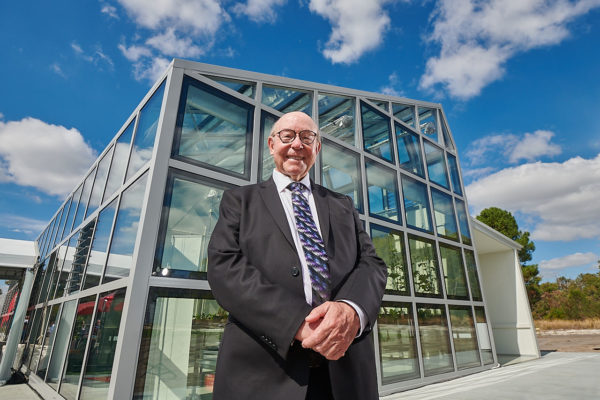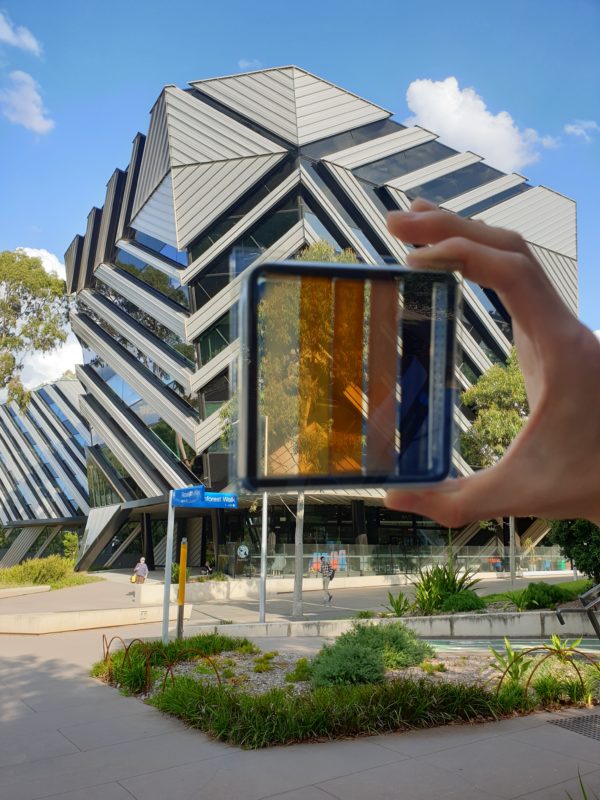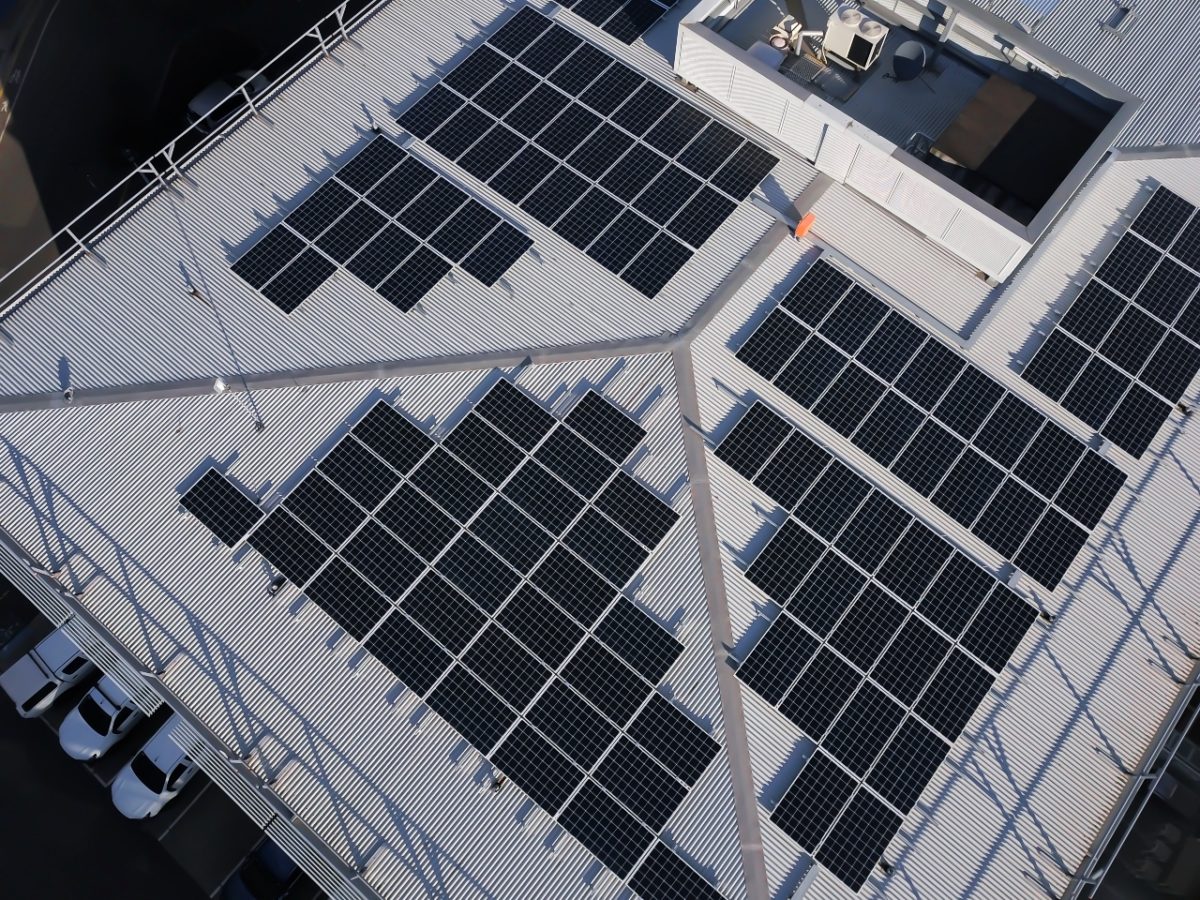The first modelling anywhere in the world to examine the viability and impact of window-integrated photovoltaics alongside other solar technologies at a city scale, the research was published in the journal Solar Energy, and led by members of the Monash University-based ARC Centre of Excellence in Exciton Science together with collaborators at the University of Lisbon.
It found comprehensive adoption of existing rooftop PV technology alone could radically transform Melbourne’s carbon footprint, with further gains from the widespread deployment of emerging ‘solar windows’ and photovoltaic technology integrated in building facades.
Precisely, the modelling found photovoltaics could provide 74% of Melbourne’s building consumption needs. Rooftop solar would constitute 88% of this supply, with wall-integrated and window-integrated solar delivering 8% and 4% respectively.
The potential contribution of window-integrated solar rose to 18% at the neighbourhood scale, reflecting high building heights and window to wall ratios.

Daniel Carson | dcimages.org
While not yet widely used, solar windows are being developed by a number of companies, including Western Australian based ClearVue – which claims to be the only company with a completely clear and industry-sized window on the market today. ClearVue has actually been working with researchers from the ARC Centre of Excellence in Exciton Science to crack the 5% efficiency mark on its windows, and is tantalisingly close thanks to the centre’s pioneering nanoparticle research.
While Australia leads the world in rooftop solar, with over 810 watts installed per person, the National Survey of PV Power Applications in Australia report released last week found Australia added “very little building-integrated PV (BIPV)” in 2020.
In terms of the Melbourne study, the research team looked at the 37.4 km2 area of central Melbourne, of which 35.1km2 was residential and commercial buildings as of 2019. The researchers say they determined the annual solar radiation on Melbourne’s building surfaces to identify suitable areas for PV installation, taking into account technical limitations and cost factors. Detailed modelling enabled the incident solar radiation and PV potential of the urban areas to be simulated, with a large range of factors taken into consideration, including the impact of shadows casted by shading systems and balconies, as well as the performance characteristics of the various solar technologies.

In terms of how Melbourne’s landscape fits with its electricity consumption, data was obtained from Jemena, CitiPower & Powercor distribution companies, and accessed through the independent Victorian research body, the Centre for New Energy Technologies (C4NET). Having spent years obtaining and providing data for research purposes, C4NET has recently opened itself up to queries from anybody, with the goal of expanding knowledge around electricity use to accelerate decarbonisation.
The researchers hope that by using the modelling they’ve developed, policy makers, energy providers, construction companies and building owners will be able to optimise the PV potential of both new and existing structures.
This content is protected by copyright and may not be reused. If you want to cooperate with us and would like to reuse some of our content, please contact: editors@pv-magazine.com.









By submitting this form you agree to pv magazine using your data for the purposes of publishing your comment.
Your personal data will only be disclosed or otherwise transmitted to third parties for the purposes of spam filtering or if this is necessary for technical maintenance of the website. Any other transfer to third parties will not take place unless this is justified on the basis of applicable data protection regulations or if pv magazine is legally obliged to do so.
You may revoke this consent at any time with effect for the future, in which case your personal data will be deleted immediately. Otherwise, your data will be deleted if pv magazine has processed your request or the purpose of data storage is fulfilled.
Further information on data privacy can be found in our Data Protection Policy.